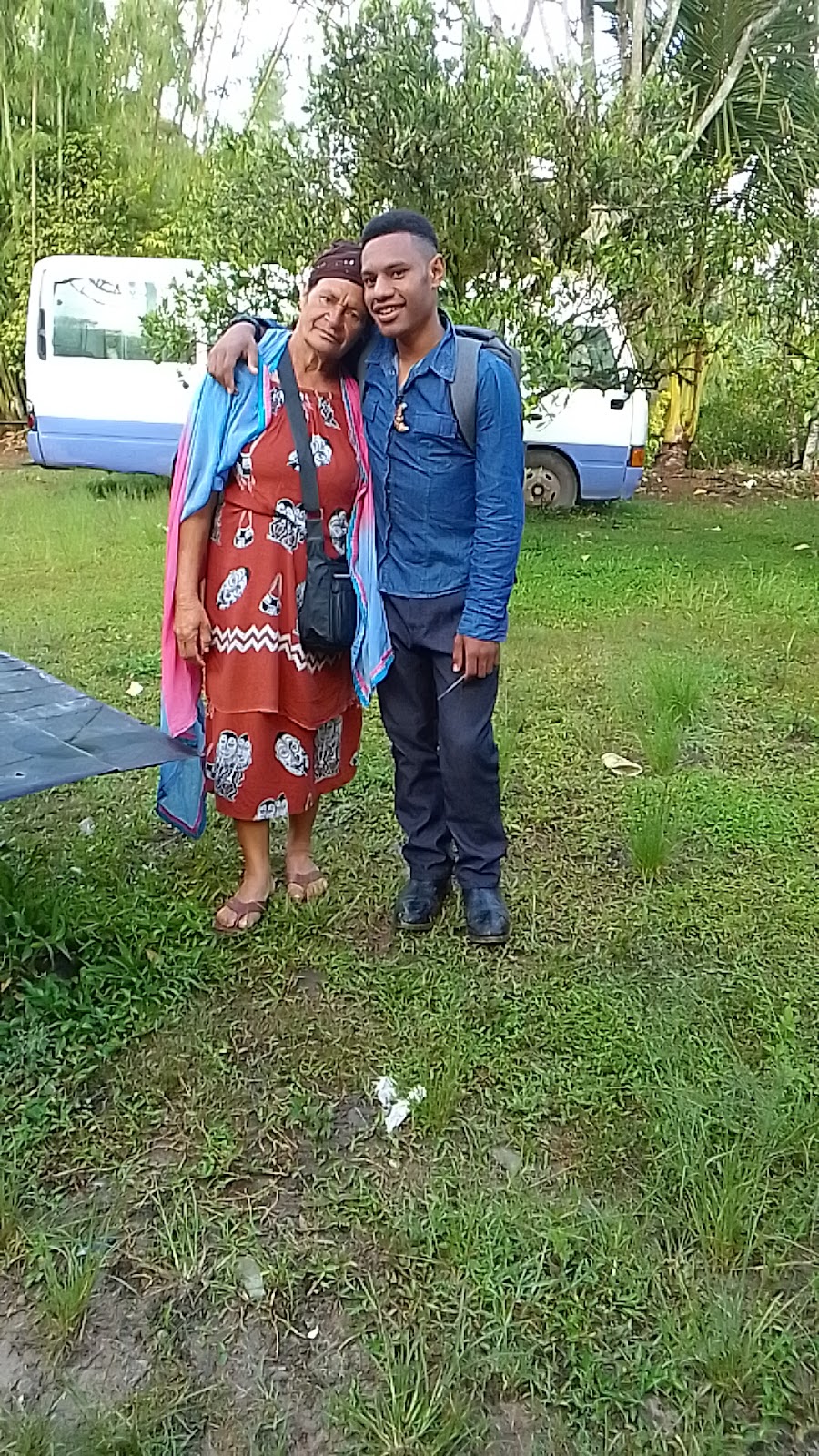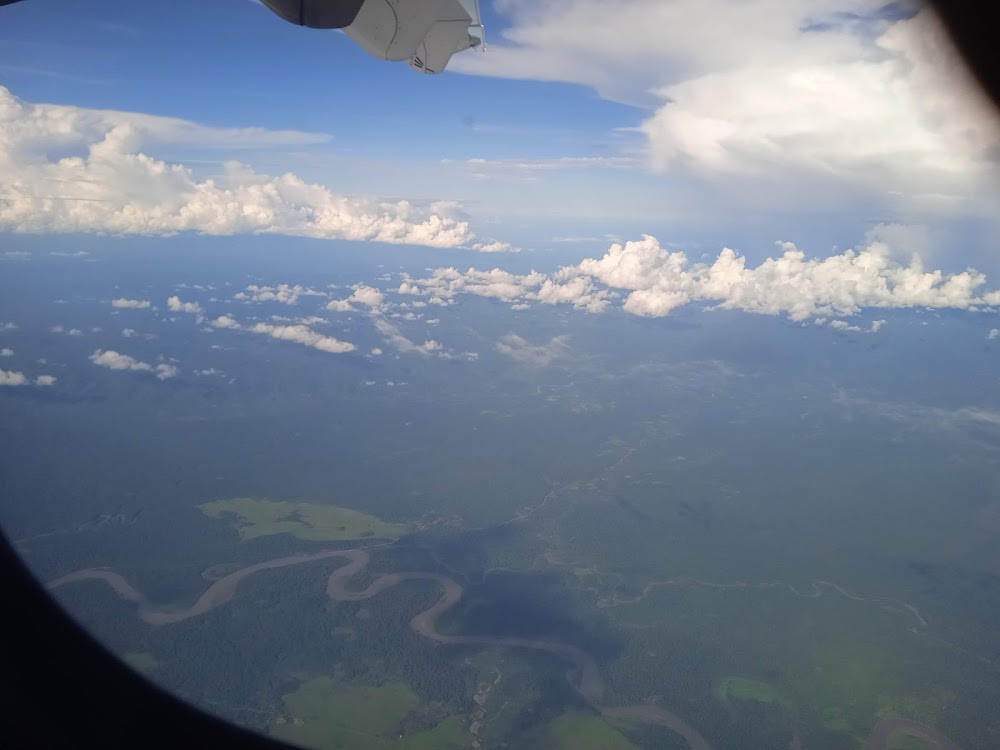Mount Hagen (Mount Hagen)
Related Places
Overview
Mount Hagen is a vibrant city nestled in the lush, mountainous region of the Western Highlands Province in Papua New Guinea. Named after the majestic Mount Hagen that towers nearby, this city serves as the economic and social hub of the region, playing a crucial role in connecting the highlands to other parts of the country.
Historical Significance
Mount Hagen’s story began in the 1930s when European explorers were drawn to its fertile lands and the intriguing cultures of local highland tribes. They established the city as a trading post, which quickly evolved into a bustling township as more settlers arrived and trade with indigenous peoples flourished. This set the stage for the city’s growth and development.
Transportation and Infrastructure
A key factor in Mount Hagen's development was the construction of the Highland Highway, which links the highlands to the coastal city of Lae. This vital road made the transportation of goods and people more accessible, transforming Mount Hagen from an isolated outpost into a thriving city. The emergence of a bustling marketplace solidified its status as one of the largest and most vibrant in Papua New Guinea.
Infrastructural advancements included the establishment of schools, hospitals, and government offices, reinforcing Mount Hagen’s role as a key administrative center. Over time, the installation of electricity and telecommunications infrastructure further enhanced the city’s growth and connectivity.
Agricultural Abundance
Surrounded by fertile lands, Mount Hagen benefits from a rich agricultural sector, with farmers supplying a diverse array of crops. Coffee is particularly significant, contributing substantially to the local economy. The city’s ideal climate supports agriculture not just for local consumption but also for international exports, making this agricultural wealth a cornerstone of Mount Hagen’s prosperity.
Cultural Richness
Mount Hagen is culturally rich and diverse, hosting the renowned Mount Hagen Cultural Show, an annual event that began in 1961. This festival brings together various highland tribes to showcase their unique traditions, dances, and music. Thousands of tourists and locals gather to witness this spectacular display of cultural heritage, which promotes unity and preserves the identities of the tribes.
The local population consists of various tribal groups, each with distinct customs and languages. Despite the diversity, these communities live in relative harmony, adding to the city’s dynamic social fabric. While traditional practices remain highly respected, modern influences are also evident in the cityscape and lifestyle.
Urban Development
Housing in Mount Hagen reflects its growth, ranging from traditional houses made of bush materials to modern buildings. The city’s expansion includes contemporary housing developments and commercial structures, showcasing a blend of old and new.
Environmental Conservation
In recent years, environmental conservation has gained importance in Mount Hagen. Efforts are underway to protect the surrounding natural beauty and biodiversity through initiatives like reforestation and sustainable farming practices, ensuring future generations can enjoy the pristine environment.
Challenges and Future
Mount Hagen faces challenges associated with rapid urbanization, which puts pressure on infrastructure and services. However, local government and communities are actively working on sustainable urban planning and development strategies to manage this growth effectively.
Today, Mount Hagen stands as a testament to the resilience and adaptability of its people. From its humble beginnings as a trading post, it has evolved into a vibrant, culturally rich city. With its stunning landscape, favorable climate, and spirited community, Mount Hagen continues to attract visitors, making it a unique jewel in Papua New Guinea’s highlands.







